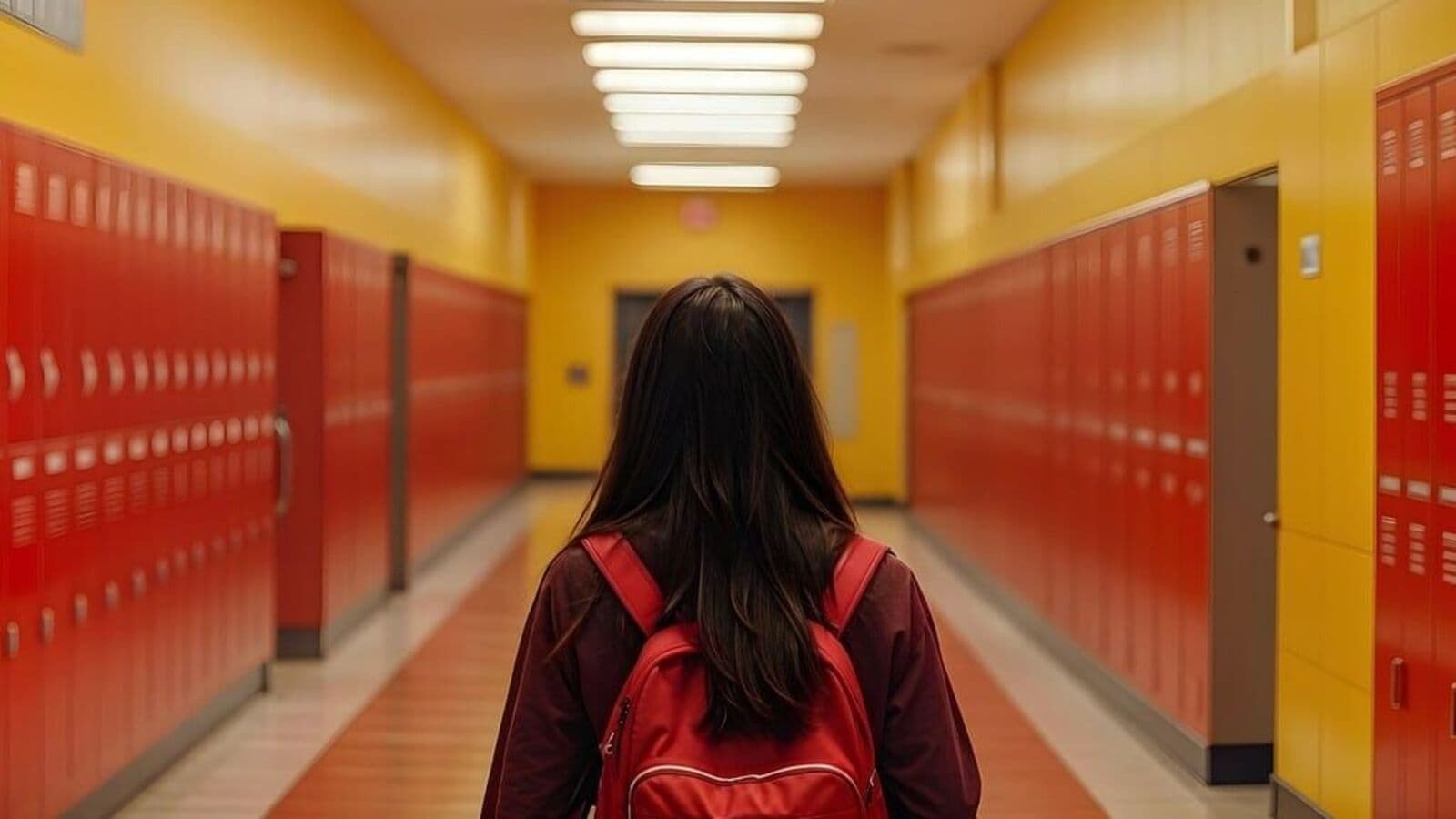Mumbai: Schools affiliated with international boards are gaining ground in India’s second- and third-tier cities as aspiring business owners and second- and third-generation professionals with higher disposable incomes send their children to these schools.
These schools, which have tuition rates that exceed the ₹They now offer, for between $700,000 and $900,000 a year, specially trained teachers (some recruited from abroad) and infrastructure equivalent to that of their counterparts in the metropolises.
Cities that have become popular for these schools include Coimbatore, Ooty, Kodaikanal, Pune, Amaravati, Bhopal and Surat.
“Most of the students come from Coimbatore and our fees for junior classes are ₹“Tuition fees range from Rs 200,000 to Rs 300,000. We train our teachers in different international schools, but retention is a challenge in both metropolises and smaller towns,” said Meera Bhalla, principal of Ruh Continuum K5 Campus in Coimbatore. The K12 school, which is part of Shree Saraswathi Vidya Mandira (SSVM) institutions, includes IB in its curriculum.
Shrewsbury International School India, a co-educational boarding school in Bhopal, will start its first batch of students from August 2025. It is charging ₹22 lakh per year, including boarding fees.
“The ratio of foreign to Indian teachers is 80:20 and the kind of infrastructure and green spaces that smaller towns offer is not there in cities,” said Abhishek Mohan Gupta, Founder and Chairman of the Board of Trustees of Shrewsbury International School India. The school has just started its admission process for grades 6 to 12.
Range of teachers
Teachers at international schools receive compensation that can vary between ₹Between 15 and 40 lakh, many of whom are hired from metropolises to move to smaller towns. While there are no bonuses, teachers receive additional incentives if their student team wins competitions.
“International schools have been growing at a compound annual growth rate (CAGR) of 40%, especially in tier 2 and tier 3 cities,” said Narayanan Ramaswamy, partner and head of the education and skill development practice at consultancy firm KPMG, India. “Rising disposable incomes and the aspirational value associated with education in these cities have been the key drivers.”
The consulting and auditing firm has established educational institutes in metropolises among its clientele, which now want to offer courses under the international board’s curriculum in smaller towns.
There are several types of educational boards in India, including state boards, the Central Board of Secondary Education (CBSE) and the Indian Certificate of Secondary Education (ICSE), which have so far been the most commonly followed by Indian schools.
But the country also has institutes affiliated with international curriculum-based boards, such as the International General Certificate of Secondary Education (IGCSE), an English-language qualification similar to the GCSE in the UK, and the International Baccalaureate (IB), a non-profit foundation based in Switzerland.
“There are a lot of third-generation entrepreneurs emerging in tier-2 cities. Many of them have received their education outside India. When they come back to take over their businesses or set them up, one of their main concerns is what kind of education they can provide to their children,” said Loluck Baby, senior director of academic excellence for South India at edtech startup LEAD. This unicorn’s clients are large school groups that run schools affiliated to the state board, CBSE, as well as international programmes like the IB.
The announcement comes after the Covid-19 pandemic pushed many schools in the country into a state of financial instability. According to media reports, the Ministry of Education recorded the closure of nearly 20,000 schools in India in 2021-22 due to Covid. Therefore, the deteriorating quality and stability of schools has made parents look for better curricula and infrastructure for their children.
The other reason for the popularity of these schools is the networking they create from an early age. “This is also a relatively closed community, where only a certain segment of wealthy individuals can access these opportunities. Average fees are around $100. ₹7 lakh, so only elite children attend. The school is becoming more than just a place of education – it is also a networking hub for children,” said LEAD’s Baby. Mint.
Disclaimer:
The information contained in this post is for general information purposes only. We make no representations or warranties of any kind, express or implied, about the completeness, accuracy, reliability, suitability or availability with respect to the website or the information, products, services, or related graphics contained on the post for any purpose.
We respect the intellectual property rights of content creators. If you are the owner of any material featured on our website and have concerns about its use, please contact us. We are committed to addressing any copyright issues promptly and will remove any material within 2 days of receiving a request from the rightful owner.

